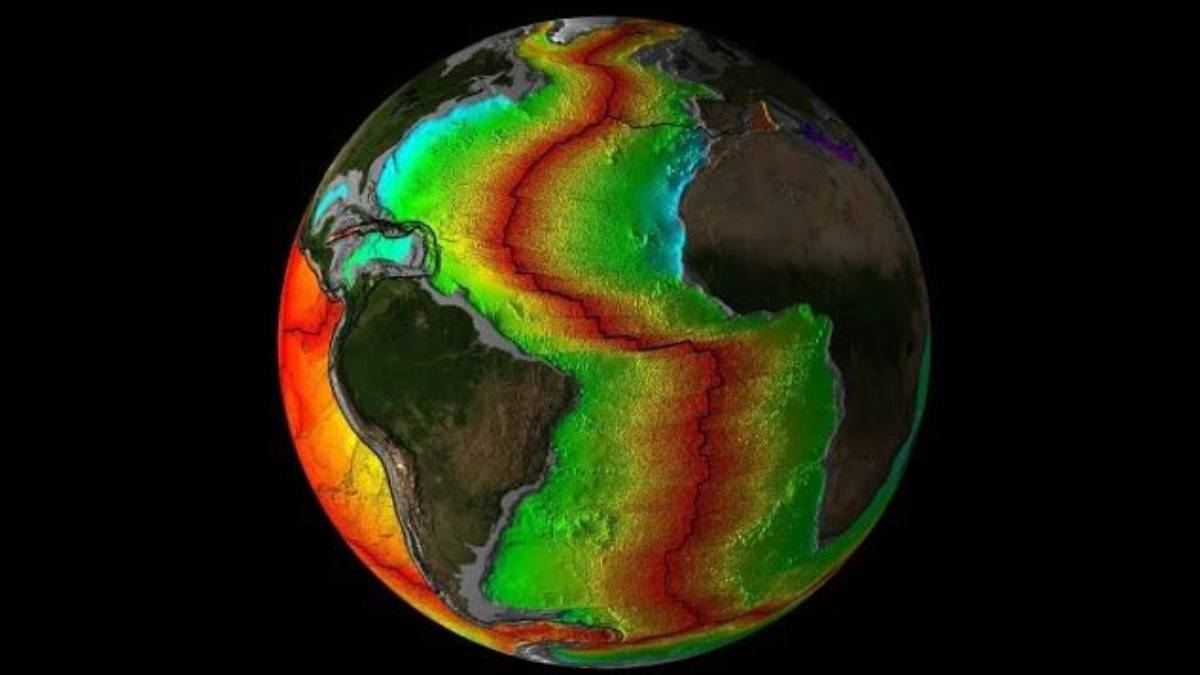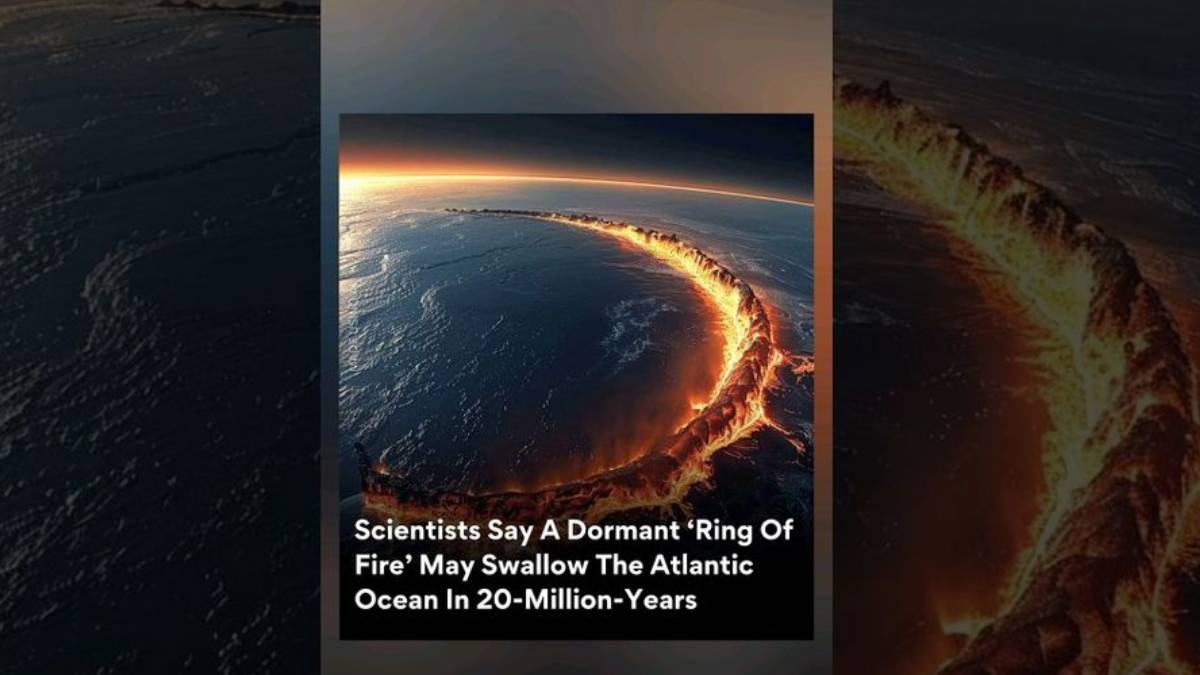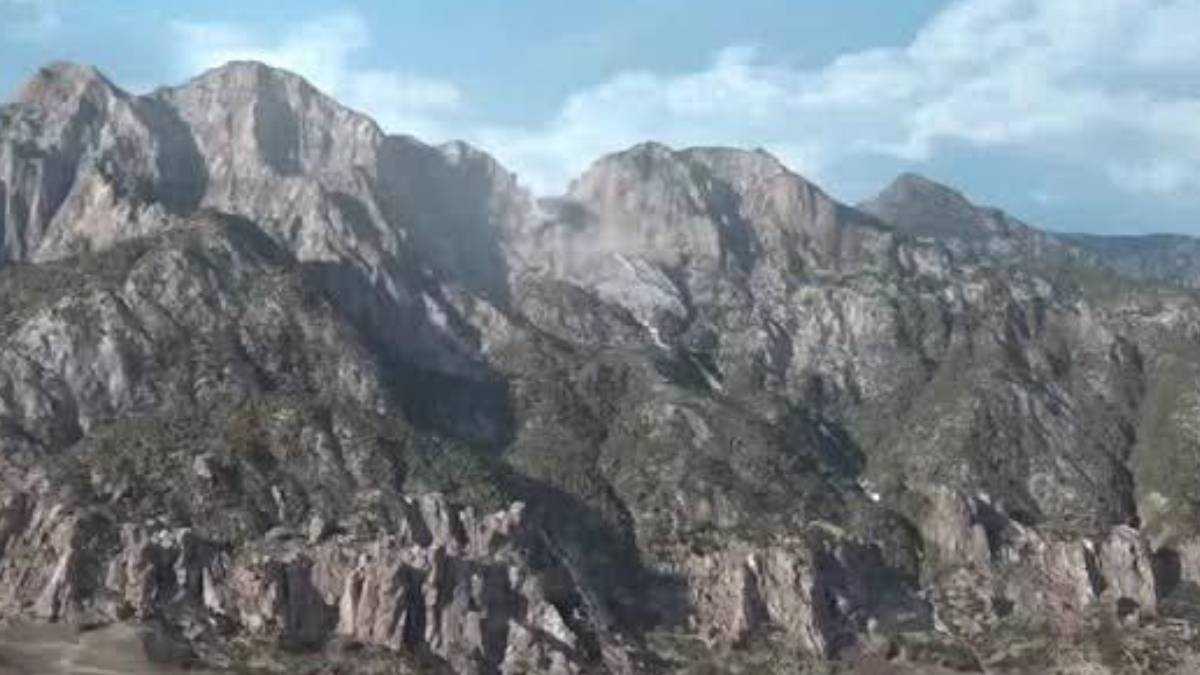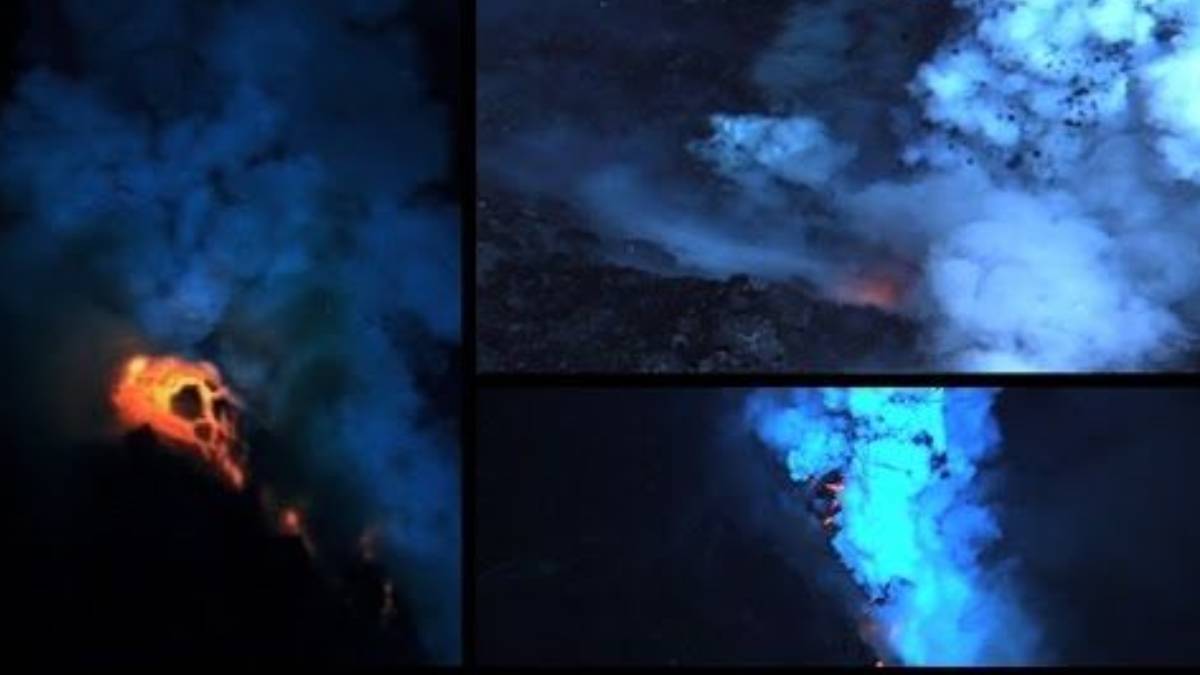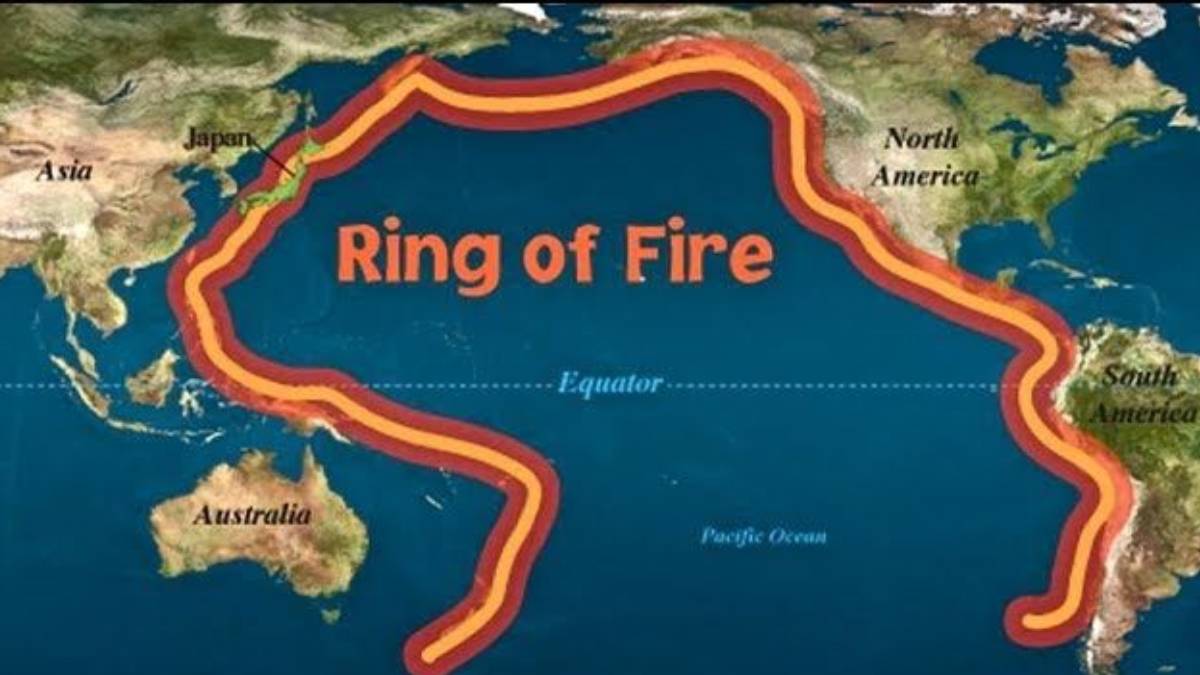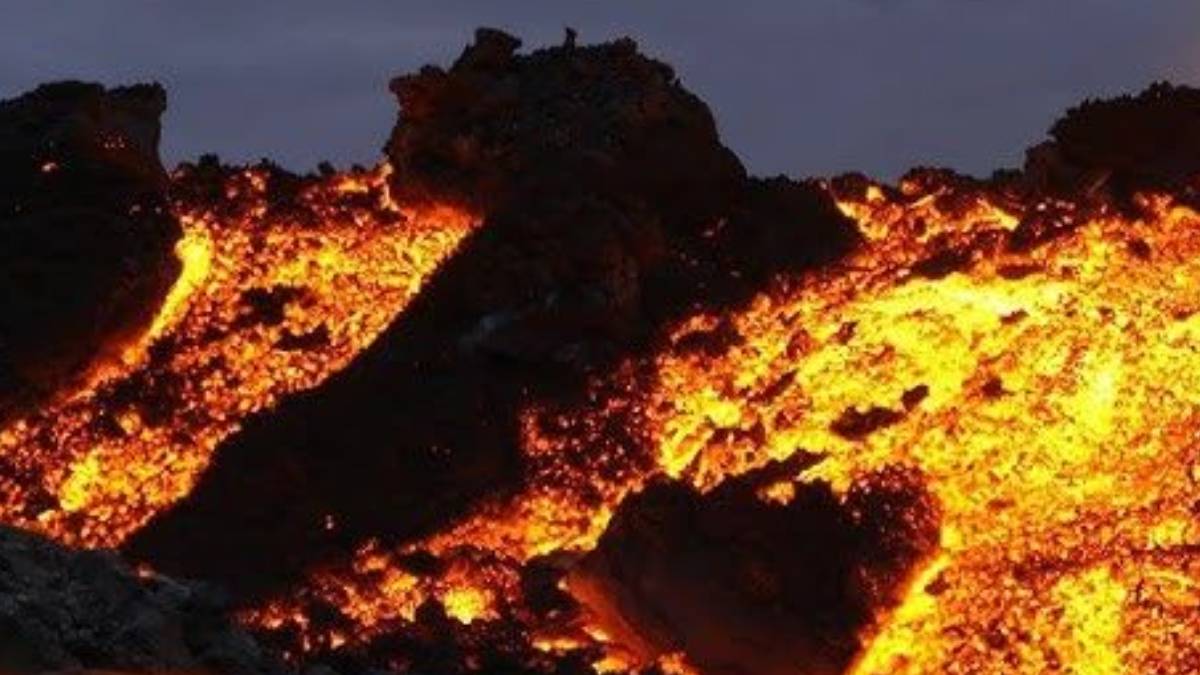Study Says New Ring of Fire May Swallow the Atlantic Ocean
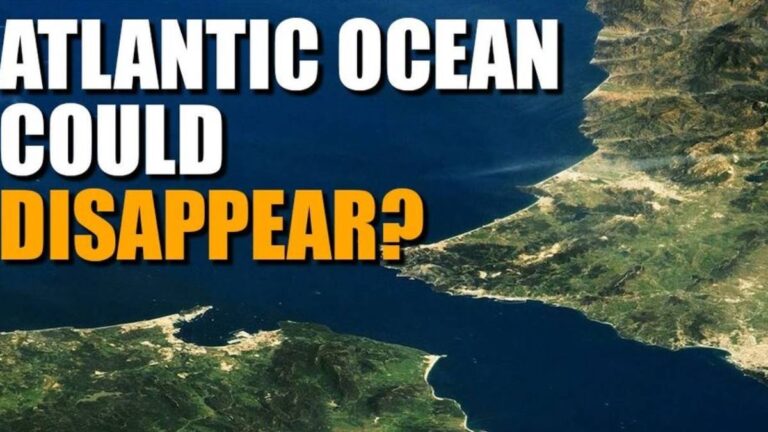
Study Says New Ring of Fire May Swallow the Atlantic Ocean
The Location of the Ring of Fire
The Gibraltar Arc
Opinions About the Gibraltar Arc
Subduction Zone that is Currently Inactive
Scientist Are Skeptical
About the Model
New Modeling Technologies
The Five Million Years Old Change
An Invasion of the Atlantic Ocean
The New Ring of Fire
The Circum-Pacific Belt
There Will be an Increase in Tentonic Movements
MOST POPULAR
-
Dinosaur Embryo Discovered Inside 72-Million-Year-Old Egg
March 22, 2024 -
Some Countries With Strict Anti-LGBTQ+ Laws
March 22, 2024 -
New Study Reveals Underground Climate Change Below Populated U.S. Cities
March 18, 2024 -
Truckers Show Support for Trump, Boycott NYC Amid $355 Million Civil Fraud Ruling
April 17, 2024 -
Did Oswald Act Alone? Chilling Testimonies From JFK’s Assassination
March 9, 2024 -
CRFB Reveals How Much National Debt Trump Incurred in His Presidency
April 19, 2024 -
Americans Think Both Biden and Trump Would Not Make Good Presidents
April 16, 2024 -
Here’s Why Young American Males Don’t Want a College Education
May 18, 2024 -
Baltimore Mayor Accuses Racists of Weaponizing DEI Language
April 15, 2024 -
Federal Judge Suggests Trump Might Incite Another Riot Like January 6
April 18, 2024






